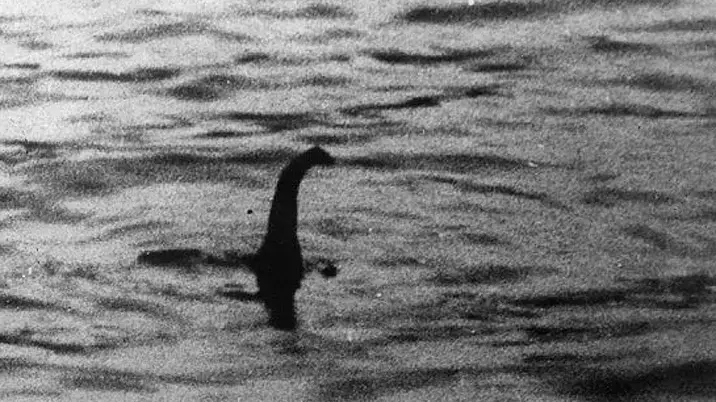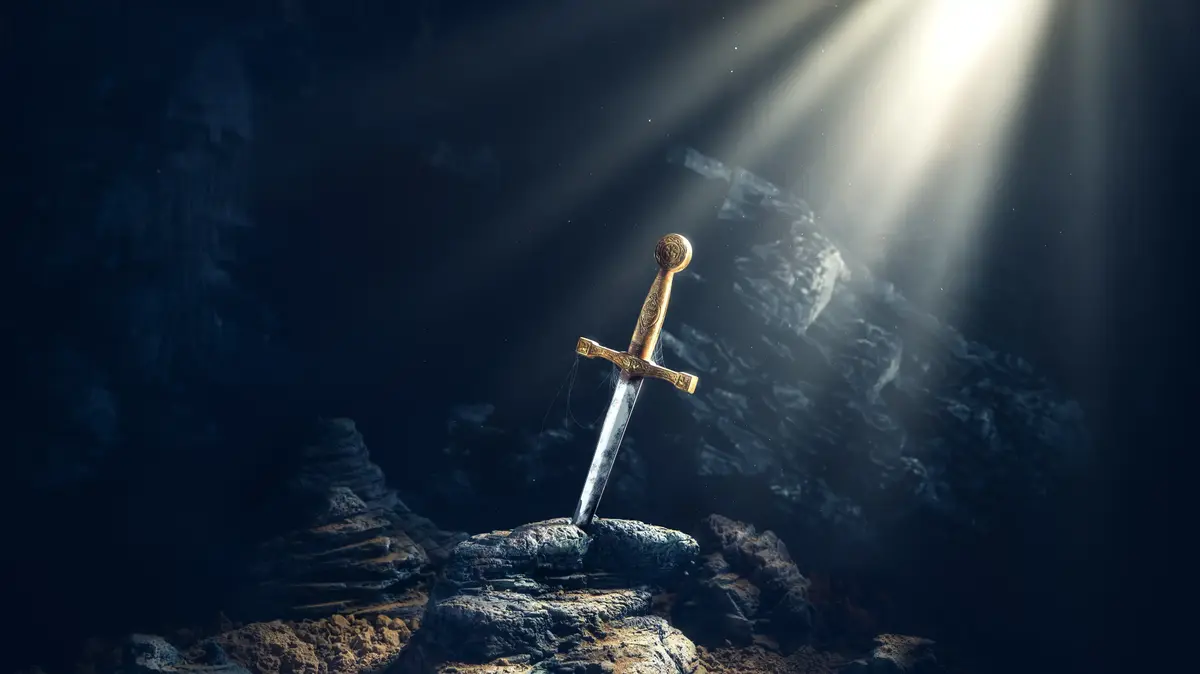A tourist attraction or a "racist symbol"?
The Scots against the monster King Ness
Scotland intends to teach 11-14 year olds that the famous monster is nothing more than a sign of English superiority over the Scots, who are portrayed as primitive and savage
Not to be missed
11/04/2022
Monday, 11 April 2022, 00:02 Updated: 00:05
Share on Facebook
Share on WhatsApp
Share on Twitter
Share on Email
Share on general
Comments
Comments
Documentation of the monster Maloch Ness (YouTube)
For many, "The King of a Miracle Monster" is nothing more than a nice fairy tale that attracts tourists and conspiracy theorists, but the sectarianism is less amusing as there is a theory that this monster and the stories about it are no less racist than England's superiority over Scotland.
According to reports in England, in Scotland the intention is to teach the pupils in the schools that the legends about the monster King Ness are a symbol of the racism that the English used to present the Scots as primitive.
Children ages 11-14 will learn how the structure of social status played a role in creating the legend, and how the stories surrounding the monster are related to the debate over Scottish independence and even the Cold War.
In England, on the other hand, it is claimed that this is "anti-British nationalist propaganda" aimed at washing the minds of students.
More on Walla!
The big mystery solved?
A professor claims that he knows who the monster Meloch Ness is
To the full article
A tourist attraction or a symbol of English superiority over the Scots?
The monster Meloch Ness (Photo: screenshot, Youtube)
The claims about the truth behind the monster King Ness come in a 17-page social studies lesson designed to help teachers in high schools in Scotland teach how the description of the monster in films has influenced Scotland's image and how it affects wider contemporary issues, such as the referendum on independence.
The material is intended to help students "better understand the techniques of persuasion and bias" and claims that the monster was intended to be a tourist attraction to appeal to the middle class "during the recession. Although the earliest reports are from the 6th century, the miracle phenomenon exploded in the 1930s -20 with a variety of observations and photographs of her, ostensibly.
More on the monster
New research will reveal: The monster Meloch Ness - a true story
Thanks to the corona, the clearest picture ever of the "Monster of a Miracle Monster" was found.
Fear in Scotland: Has the monster Maloch Ness passed away?
Is Bee Cure Laser right for you?
This way you will know who the device is suitable for and who is not
The first movie about the monster was a low-budget 1934 horror film called The Secret Of The Loch.
The lesson plan says that the cinematic monster 'shows Scotland's ambivalent position in the union ... The very idea of a prehistoric monster in the lake confirms the stereotypical idea that Scotland - unlike England - is a rural wasteland, which is missed by an introduction.
" So even though there was a primitive wasteland in Scotland before the founding of Britain, the modern country has the ability to control it through advanced knowledge and technologies. "
The document goes on to describe how the legend of the monarch King Ness "testifies to the development of Britain's modern state", and that the creature's description reveals much about Scotland's position within the British Union, within the so-called national community to which people could "imagine a sense of belonging".
He adds that "Nessie's cinematic descriptions have allowed Britain to imagine itself as a modern and united country."
Later in the document, we look at the 1996 family drama "Loch Ness", starring Ted Danson and Julie Richardson, and the short Loch Ness monster film from 1983, in which the monster made of plasticine rages in Edinburgh.
The document for teachers details: "This monstrous destruction of the country's capital casts doubt on whether Scotland could be dragged into the dangerous arena of the Cold War due to its relations with England and Britain's 'special relations' with the United States.
In this film, Nessie is a Scottish monster, who asks herself whether in the circumstances she has found herself in, she should reconsider her position in the UK in order to find another place in the world. "
Chris McGovern of England, chairman of the Council for Real Education, Introduces an anti-British bias that seeks to brainwash students into believing that Scotland is a victim of a vicious conspiracy designed to erase its identity. "Bias" is used by educators.
Loch Ness Tourist Guide Willy Cameron said: "Regarding the 'primitiveness' of the area - historically, in all the hills around here the Pictish tribes used to live and you could say they were a bit primitive but I think we have come a long way since. Before the plague broke out,
Loch
Ness has attracted more than 1.5 million visitors, and has generated more than £ 45 million for the economy, so if they want to call us primitive, that's fine, but for business - it's great. "
Have students argue and analyze what role films have in shaping the global view of Scotland and help students learn about respecting the heritage and identity of others.
news
Not to be missed
Tags
The Loch Ness Monster
England
Scotland









/cloudfront-eu-central-1.images.arcpublishing.com/prisa/KMEYMJKESBAZBE4MRBAM4TGHIQ.jpg)


